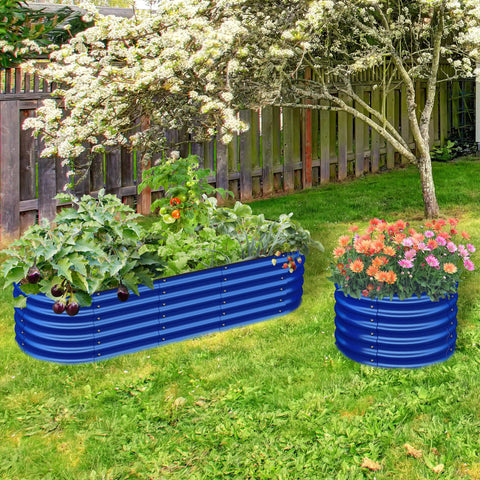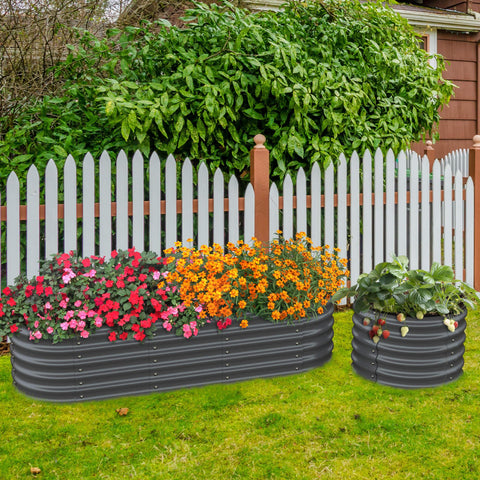Knowledge from Olle Garden Bed:The Art of Companion Planting
Growing plants is only one aspect of gardening; another aspect is the interactions that the plants develop with one another. Companion planting is a horticultural secret that seasoned gardeners have been aware of for generations. The goal of this traditional method is to deliberately group plants to produce a sustainable garden environment. Come along with us as we delve into the fascinating world of companion planting and how it can transform your garden beds in this blog post.
The Symphony of Companion Planting
- Natural Pest Control: Some plants have a knack for repelling common garden pests or attracting beneficial insects. By planting them alongside your crops, you can create a natural barrier against unwanted critters. For example, marigolds deter nematodes, while dill and fennel attract pollinators like ladybugs and parasitic wasps.
- Enhanced Flavor and Growth: Certain plant combinations not only protect each other but also improve their flavor and growth. Take the classic example of tomatoes and basil. These companions not only share similar growth requirements but also enhance each other's flavors when harvested together.
- Weed Suppression: Ground cover plants, like clover or low-growing herbs, can help suppress weeds by shading the soil and reducing competition for resources. This means less time spent pulling pesky weeds and more time enjoying your garden.
- Space Optimization: Companion planting allows you to make the most of your garden space. Tall crops, like corn, can provide shade for heat-sensitive plants like lettuce, allowing you to maximize your yields.

Classic Combinations in Companion Planting
- The Three Sisters: This ancient Native American technique combines corn, beans, and squash. Corn provides support for beans to climb, beans fix nitrogen in the soil for corn and squash, while squash acts as a natural mulch, shading the soil and preventing weeds.
- Tomatoes and Basil: As mentioned earlier, these two are a match made in culinary heaven. Planting basil near tomatoes can improve their flavor and repel aphids and whiteflies
- Cucumbers and Nasturtiums: Nasturtiums serve as a natural trap crop, attracting aphids away from your cucumber vines. Plus, their colorful flowers add a dash of beauty to your garden
- Carrots and Onions: Carrots and onions are not only delicious in recipes together, but they also make excellent garden companions. Onions deter carrot flies, while carrots repel onion flies.
- Lavender and Roses: These fragrant companions not only create a beautiful visual contrast but also work together to repel common pests like aphids.

Tips for Successful Companion Planting
- Know Your Plants: Understand the growth habits, water, and sunlight requirements of your chosen plants to ensure they are compatible companions.
- Rotate Crops: To prevent soil depletion and disease build-up, rotate your companion planting arrangements each season
- Experiment and Learn: Gardening is a journey of discovery. Don't be afraid to experiment with different plant combinations to find what works best in your garden.
Companion planting is like orchestrating a beautiful symphony in your garden beds, where each plant plays a unique role in creating a harmonious and productive ecosystem. As you explore the world of companion planting, you'll not only witness the benefits in your garden's health and yield but also deepen your connection with the natural world. So, join the ranks of savvy gardeners who have embraced this age-old practice, and let your garden thrive in harmony!
.
